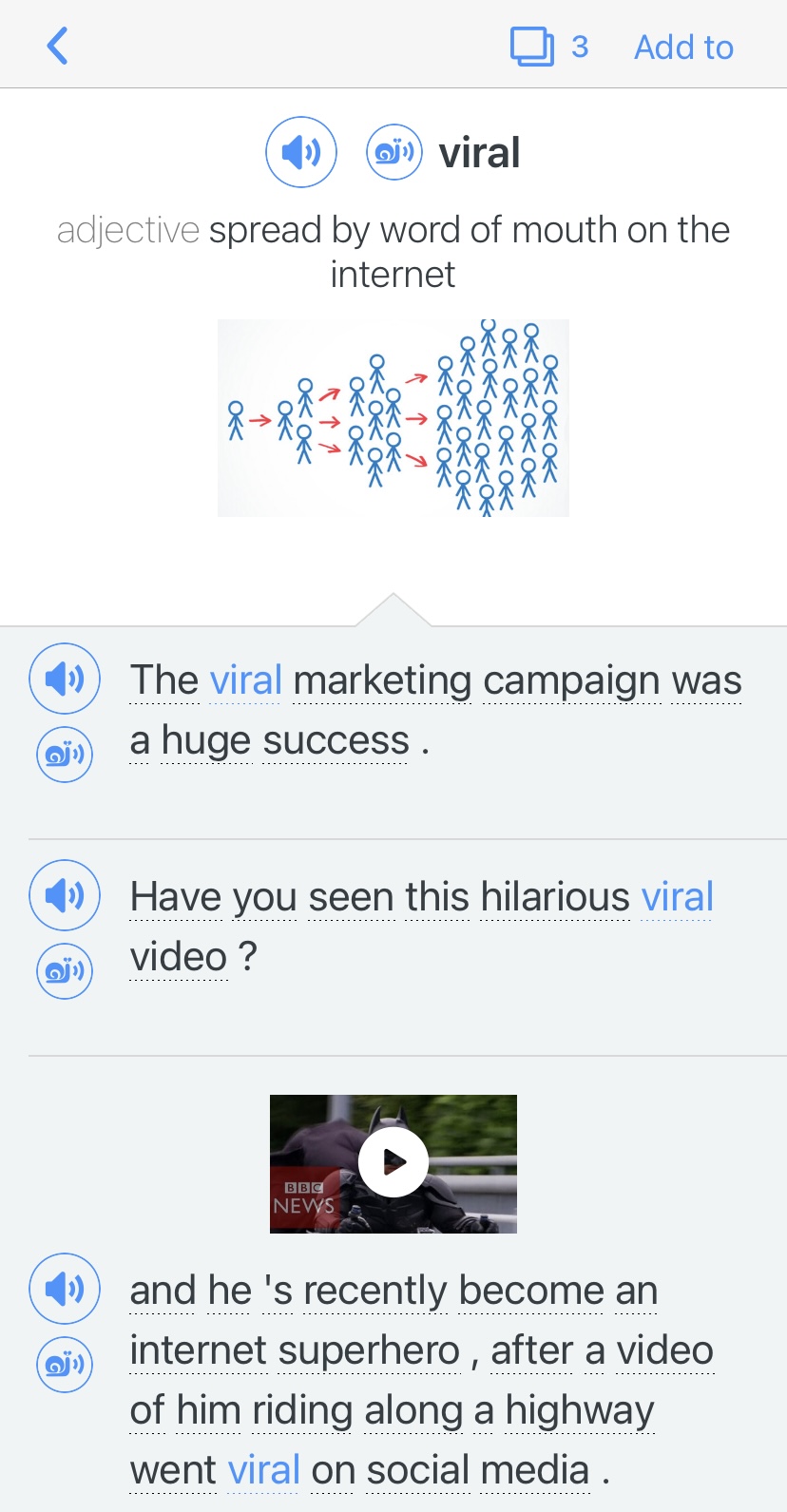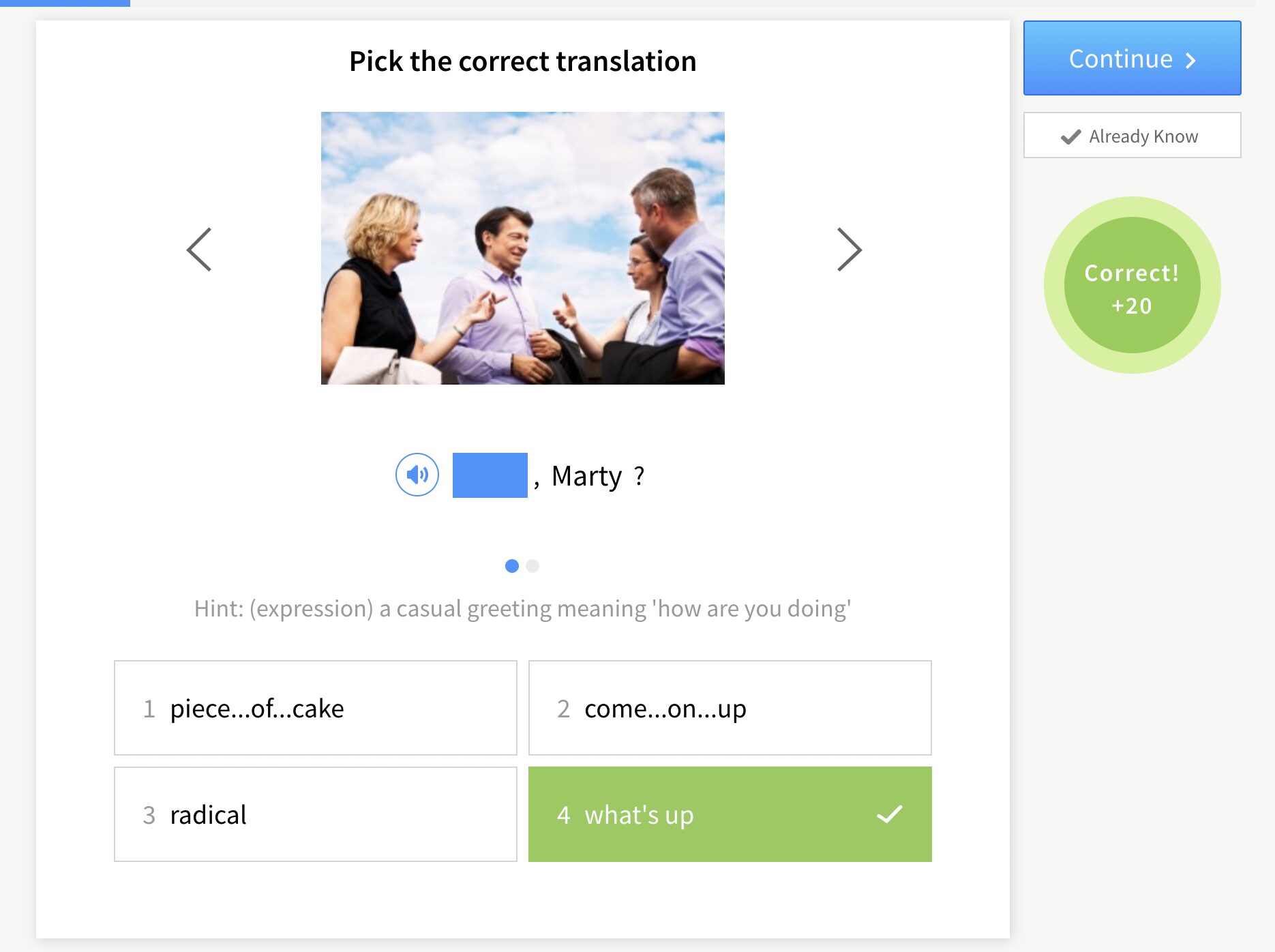Contents
How to Teach a Class with Different Levels of ESL Students

An all-too-common conundrum for ESL teachers is walking into a class of students whose levels vary. And while this may seem difficult to navigate, it’s definitely possible.
Let’s take a look at the different ESL levels, the challenges of teaching them all, the top five strategies to do so successfully and more.
Download: This blog post is available as a convenient and portable PDF that you can take anywhere. Click here to get a copy. (Download)
What Are the Different ESL Levels?
Language levels are typically defined according to the Common European Framework of Reference for Languages (CEFR).
This standard is universally recognized, and many official proficiency exams use its level tier.
There are six levels—two in the beginner level, two in the intermediate and two in the advanced.
| CEFR Level | Category | Usage Ability |
|---|---|---|
| A1 | Lower Beginner | Basic User |
| A2 | Upper Beginner | Basic User |
| B1 | Lower Intermediate | Independent User |
| B2 | Upper Intermediate | Independent User |
| C1 | Lower Advanced | Proficient User |
| C2 | Upper Advanced | Proficient User |
Why Different Levels of ESL Students Are Placed in One Class
That’s the million-dollar question! It doesn’t seem like a situation that a teacher should ever be in, but there are some cases where it’s simply unavoidable.
Beginner classes
This is perhaps the most common case where students of various levels are placed in the same class.
By the time they reach the advanced level, most students will possess a similar core knowledge of English.
But in a beginner class, some students will have never studied the language, while others might have spoken English at home or with friends. A student interested in the language might have studied it on their own by watching English media.
These activities will put some students far beyond their peers, even though it’s their first year.
Lack of resources
Especially with smaller language schools, sometimes there aren’t enough teachers or classes to place students at their exact level.
A school might only have two classes: beginner or advanced.
A general school might not have the time or resources to test students and place them in an appropriate level.
Instead, they’ll place students of the same grade in the same class.
There are many levels of language learning, so in institutions with fewer resources, teachers often have to cover a wide range of students in one class.
Natural student variations
Even in an advanced class, some students naturally grasp English, and others struggle greatly.
Because of these natural variations, some students will be more advanced than others.
The Challenges of Teaching a Class with Different ESL Levels
A multi-level class poses many challenges, not only for the teacher but also for the students!
Students are bored or lost
Whether you’re aiming your lessons more for the beginner or for the advanced student, you’re bound to lose someone.
If you spend time teaching the beginner basics such as, “Hello. My name is…,” the advanced students will be bored out of their minds.
But if you teach the advanced student the difference between “they’re,” “there” and “their,” the beginner will be completely lost.
It’s hard to find a happy medium with vastly different-leveled students.
Students aren’t learning
Being bored or lost eventually defeats the entire purpose of a class: to learn.
Teaching the basics means the advanced student isn’t learning anything new, just hearing what they already know.
But teaching more difficult topics means the beginner isn’t learning the basics that will allow them to progress.
5 Ways to Teach Different Levels of ESL Students in the Same Class
Even in a less-than-ideal mix of students, you can still find ways to engage them all.
Don’t worry about planning a “perfect” lesson—just do your best.
1. Use strategic seating
Since you can’t be everywhere at once, have your students help one another by placing them in an effective seating arrangement.
Buddy system
Seat the advanced student next to the beginner. This way, the advanced student will be able to help the beginner.
By forming these pairs, you’ll be able to include more challenging material in each lesson because your students can help each other.
The advanced student will also learn by explaining their knowledge to the beginner.
If you have some students who are at an intermediate level, seat them together.
You can’t individually help each student throughout the lesson, but your students can help each other so that everyone understands the material.
Mixed-level groups
You could also place students in a small group of four or five. In each group, you can have at least one advanced student and one beginner.
This is especially effective in a large class. Students can ask members of their group questions and try to solve problems together.
You can then divide your time between five or six groups rather than trying to bounce around and help 30+ students.
Same-level groups
You can divide your students into groups by their English level.
You could do beginner, intermediate or advanced based on your initial interaction with your students or the quality of their first few assignments.
You could also test your students to get a more exact level, using a test such as the Cambridge English exam.
TESOL, Teachers of English to Speakers of Other Languages, divides students into five levels based on these standards.
You can divide your groups as officially or unofficially as you choose.
But same-level groups will help you address the same level of students all at once, allowing you to give level-specific assignments.
2. Provide multiple levels of each activity
Even if you’re teaching from a specific book or workbook, there are always ways to expand an assignment to challenge the students who need it.
Beginner
Start any assignment with the lowest-level student in mind.
If your class includes a few students who don’t know any English, then make sure your assignment starts at a beginner level so that they can learn the basics.
Perhaps your book has a lesson on basic conversations. This is useful information that every English speaker must know. They must know “hello” and “goodbye” before discussing business negotiations!
Don’t skip these basics just because some students will be bored. Instead, expand these basics for higher-level students.
Intermediate
After covering the basics, make the assignment more difficult for students at the next level.
Any student who already knows basic conversation can do something more challenging than the original assignment.
Teach them a few colloquialisms to complement the basics.
Have them write down at least three ways of saying any basic conversational term.
For example, “How are you?” can also be “How’s it going?”, “What’s up?”, “What’s going on?” or “What’s new?”
You can even offer extra credit to those who complete the more difficult assignment to motivate students.
Advanced
To challenge this group, you can make the assignment even harder.
If they already know basic conversation and colloquialisms, have them write a conversational script for a specific scenario that you will give them.
For example, you could have two advanced students write a script that shows business colleagues greeting one another and making small talk outside of work. This will challenge them and teach them a specific conversational tone.
You could even have them perform the skit to practice their pronunciation.
By taking one assignment and adding onto it, you can ensure that the basics are taught, and more advanced students are appropriately challenged.
3. Teach the same concept in several ways
This is important in any class because there are many types of learning styles.
But this is especially important in a multi-level class so no one is left behind.
Tell
You can start your lesson by giving the information verbally.
Even if you have students who don’t understand much English, it is helpful for them to get used to hearing a native speaker.
They’ll gradually be able to pick out words and understand sentences.
If you know your class has beginners, speak very slowly and pick out important terms.
For example, if they don’t understand very much, you can repeat a keyword a few times and have them say it too.
Maybe you said the sentence, “I want you to finish this for homework,” and you want them to become familiar with the word “homework.”
Repeat this word as you say the sentence and ensure they know its meaning by motioning to the worksheet or having a more advanced student translate.
This way, both beginners and advanced students can benefit from hearing you speak.
Write
A chalkboard, dry-erase board or overhead projector is very important because it will allow students to see the lesson. Some students learn more visually.
This is useful for both beginners and advanced students.
Beginners need to become familiar with spelling, and while they might struggle to understand what you’re saying, seeing the word will allow them to learn it.
But this will also help advanced students, especially those who have spoken English at home but haven’t learned proper spelling.
A beginner might need to see the word “homework” so that they can look it up in the dictionary and memorize it.
An advanced student might need to see the word “homework” because while they know it, they might be inclined to spell it as “homwirk.”
English spelling is difficult to learn, so it will help all levels of learners to see and write the words.
Show
Visual aids and acting words out can help students tremendously.
For example, if you’re teaching sports, you could bring different equipment from each sport, like a soccer ball, basketball, baseball, football and tennis ball.
By showing the equipment when saying the word, beginners will be able to understand it.
You could quiz your class by holding up a ball and having them name the sport so that your advanced students can practice their pronunciation.
You could even have students act out the sports and guess which one. This encourages student participation and makes the lesson more meaningful to all levels.
4. Play games
Games are a great way to involve all levels of English learners.
Even a game geared towards beginners can allow advanced students to practice speaking and listening.
Plus, all students are likelier to learn when they’re having fun!
Pick teams
Choose teams strategically.
Ensure that one team doesn’t have all the advanced students while another team primarily has beginners. Everyone will be challenged and included when the teams are mixed.
You could let students choose teams by selecting team captains and having them alternate picking teammates.
Active participation
Games help students learn by requiring active participation.
You could even offer an award for the winners, like a point of extra credit.
This will encourage a competitive spirit so that everyone is motivated to participate.
Choose a game requiring speaking so students can practice, such as “I Spy” if you’re teaching colors.
To get more participation, you can choose games that can be played in pairs or small groups—such as “Twenty Questions”—so that each student is sure to get a turn.
Have fun
When you choose a game your students enjoy—even if it isn’t the most challenging for your advanced students—they’ll still have fun and practice English.
Enjoyment is a powerful motivator for learning!
The chance to do something a bit goofy or competitive will make your students want to practice English.
It’s this practice that will make all levels of learners more comfortable with new vocabulary and grammatical constructs.
5. Give personal attention
While students are working on an assignment, go around and interact with them.
Take a look at their work to ensure the beginners understand it, and use the opportunity to challenge more advanced students.
Reach out to beginners
These students will need the most help! Make them a priority when going around the room.
While your communication may be limited, look at their assignment and see if they understand it. If not, review the information with them again and try to show them what you’re looking for.
If several beginners struggle with a worksheet, invite them to your desk and do a few exercises with them. This will ensure no one is lost.
Challenge advanced students
Once you’re confident that your beginners understand the assignment, visit the more advanced students and try to challenge them further.
You can ask them harder questions, ask them why they chose a specific answer or give them another scenario to try.
If they’re breezing through an assignment, you can give them a challenging question for when they finish.
You can even have them ask you something they’re unsure about and give them an extra assignment about that topic. This will help ensure that no one is bored.
Give additional opportunities
You can only do so much during one class period.
If you understand that some students are still lost or bored, offer to meet in the classroom after school.
You could even start an English club to challenge your students further.
After-school English clubs or extra help sessions are a great way to challenge those who want to learn more.
Besides helping with your current lesson, you could also do special activities like reviewing the lyrics to popular music or watching a TV show with subtitles.
Resources for Teaching Different Levels of ESL Students
- Test levels of English. The Cambridge English exam will allow you to accurately gauge the English level of each student in your class.
- FluentU. The FluentU English program has tons of videos and exercises at different difficulty levels with built-in learning tools. Each video comes with interactive subtitles, personalized quizzes, SRS flashcards and more. Plus, you’ll be able to track the progress of each student as they journey through their chosen videos and exercises.
- Webinars on mixed-level classes. The International Association of Teachers of English as a Foreign Language offers many webinars about teaching mixed-level classes.
- Differences in learning styles. North Carolina State University has a useful study on learning styles called “Understanding Student Differences” by Richard M. Felder and Rebecca Brent.
Next time you walk into a class and one student greets you fluently while another doesn’t understand a word, you can smile and tackle the challenge.
Those students are lucky to have you!
Download: This blog post is available as a convenient and portable PDF that you can take anywhere. Click here to get a copy. (Download)
And One More Thing…
If you’re like me and prefer learning English on your own time, from the comfort of your smart device, I’ve got something you’ll love.
With FluentU’s Chrome Extension, you can turn any YouTube or Netflix video with subtitles into an interactive language lesson. That means you can learn from real-world content, just as native English speakers actually speak.
You can even import your favorite YouTube videos into your FluentU account. If you’re not sure where to start, check out our curated library of videos that are handpicked for beginners and intermediate learners, as you can see here:
FluentU brings native English videos within reach. With interactive captions, you can hover over any word to see an image, definition, and pronunciation.
Just click on the word to see other example sentences and videos where the word is used in different contexts. Plus, you can add it to your flashcards! For example, if I tap on the word "viral," this is what pops up:
Want to make sure you really remember what you've learned? We’ve got you covered. Practice and reinforce the vocab from each video with learn mode. Swipe to see more examples of the word you’re learning, and play mini-games with our dynamic flashcards.
The best part? FluentU tracks everything you’re learning and uses that to create a personalized experience just for you. You’ll get extra practice with tricky words and even be reminded when it’s time to review—so nothing slips through the cracks.
Start using the FluentU website on your computer or tablet or, better yet, download our from the App Store or Google Play.
Click here to take advantage of our current sale! (Expires at the end of this month.)












